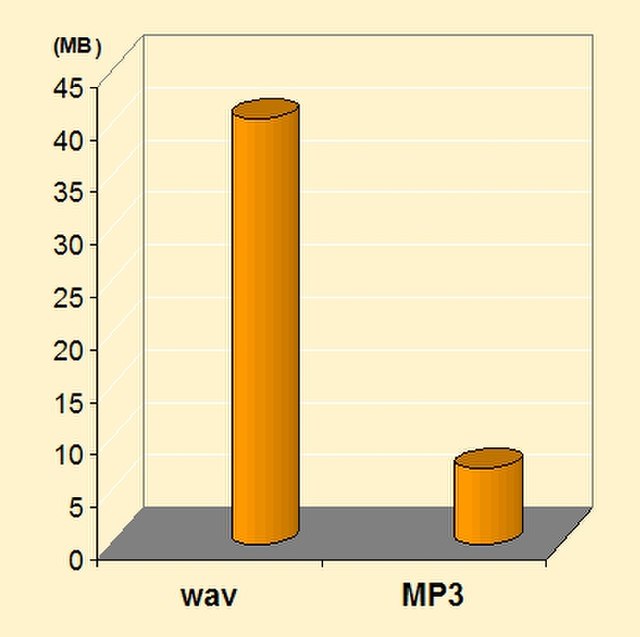Dolby Digital, originally synonymous with Dolby AC-3, is the name for a family of audio compression technologies developed by Dolby Laboratories. Called Dolby Stereo Digital until 1995, it is lossy compression. The first use of Dolby Digital was to provide digital sound in cinemas from 35 mm film prints. It has since also been used for TV broadcast, radio broadcast via satellite, digital video streaming, DVDs, Blu-ray discs and game consoles.
A Dolby Digital Penthouse Soundhead mounted on a mid-1950s vintage Kalee model 20 projector
A photo of a 35 mm film print featuring all four audio formats (or quad track) - from left to right: Sony Dynamic Digital Sound (SDDS) (blue area to the left of the sprocket holes), Dolby Digital (grey area between the sprocket holes labelled with the Dolby Double-D logo in the middle), analog optical sound (the two white lines to the right of the sprocket holes), and the DTS time code (the dashed line to the far right)
A Dolby home theater badge on a laptop computer
In information theory, data compression, source coding, or bit-rate reduction is the process of encoding information using fewer bits than the original representation. Any particular compression is either lossy or lossless. Lossless compression reduces bits by identifying and eliminating statistical redundancy. No information is lost in lossless compression. Lossy compression reduces bits by removing unnecessary or less important information. Typically, a device that performs data compression is referred to as an encoder, and one that performs the reversal of the process (decompression) as a decoder.
MP3, an example of a lossy file format compared to WAV.
Comparison of spectrograms of audio in an uncompressed format and several lossy formats. The lossy spectrograms show bandlimiting of higher frequencies, a common technique associated with lossy audio compression.
Solidyne 922: The world's first commercial audio bit compression sound card for PC, 1990






